A Guide to Monitors
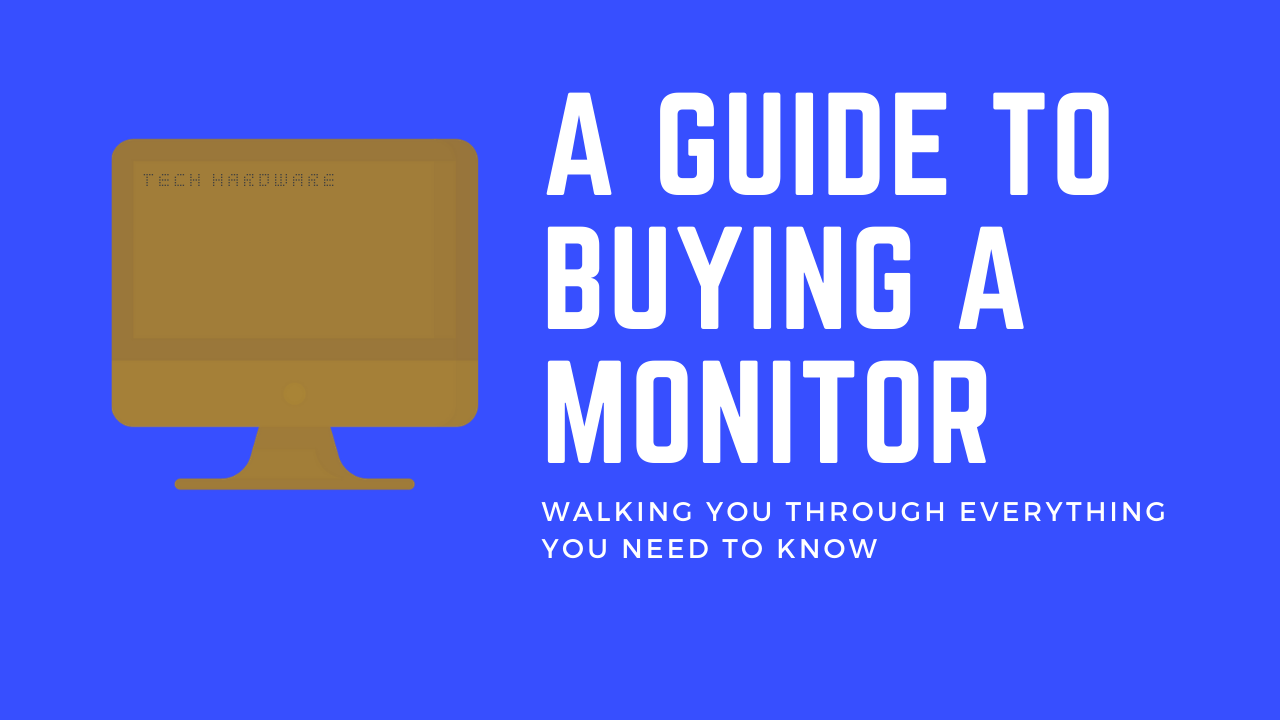
Looking at a big screen is nice but also very useful throughout your time at uni. No matter what degree you study, you will almost certainly be viewing digital content on a computer and having a good monitor will make that job easier, more efficient and more enjoyable. So, in this article, I’ll be going over a few tips for buying and using a monitor.
As a quick note for those who might not know, computer, and monitor refer to different things.
The monitor is only the screen, and is connected to a computer.
The computer is responsible for giving the monitor instructions on what to draw.
- It is usually a big box
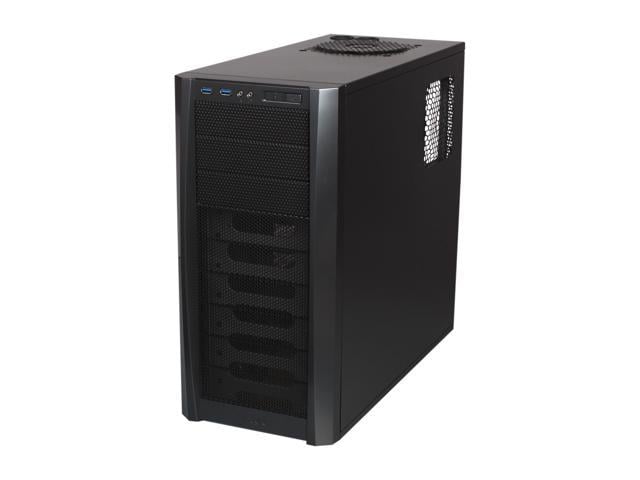 Fig 1
Fig 1 To make things more confusing, sometimes computers have a monitor in-built
- Like the iMac
- Or any laptop
Preface
Budget
Buying a monitor is like buying a car; don't buy the most expensive one and don't buy one that will break next year.
I'd recommend something in the range of 200 to 450 dollars.
Marketing Material
Premium monitors are often marketed with fancy specifications, in their titles eg.

It is much better to scroll down and look at the table of specifications to get away from the distraction and get a look at the finer details.
Dimensions
Size
Just like with laptops, the size of a monitor is measured by the length of the diagonal and despite being in Australia, it is measured in inches.
- Anything above 22” (22 inches) should suffice for a typical student.
- This size fits the width of two A4 pages side by side
- Which means you can have multiple files open at once
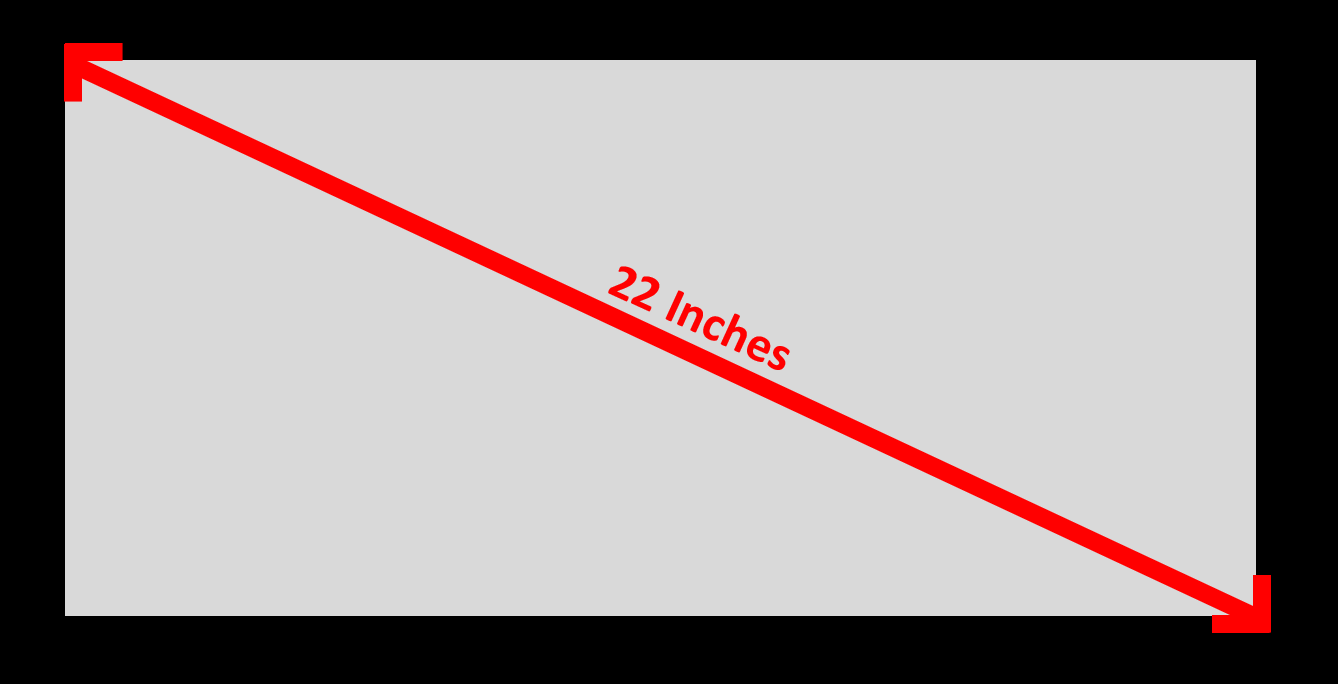
Resolution
The number of pixels that a monitor has, is given by the resolution.
- Given as a product of two numbers
- Representing the number of pixels along the width and height
The bigger the two numbers are, the better the quality of images displayed on the screen.
- Like changing quality on YouTube videos
- The higher you go, the more detail you get
Often monitors are listed with their native resolution.
- This gives the raw physical count of pixels on the screen and is the one that the monitor runs best at
- Monitors can artificially emulate a resolution with higher pixels
- But this won’t look as good as a monitor with the same native resolution
A good benchmark for a native resolution is known as the Full HD standard and monitors at the 24-inch size come with this.
- This is typically 1920 x 1080 pixels
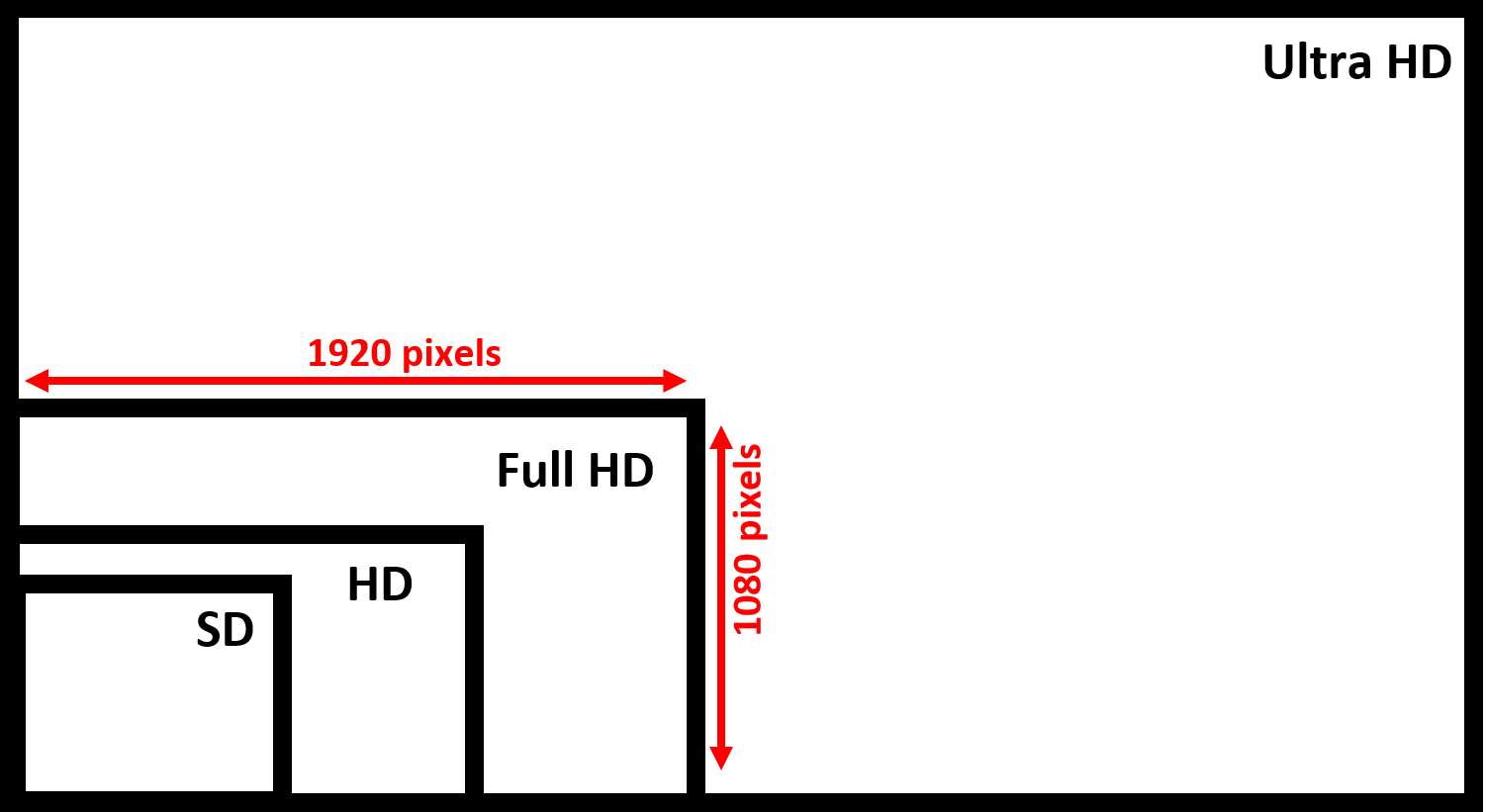
Pixel Density
Pixel density accounts for how image quality changes based on monitor size and resolution. It is measured in PPI or Pixels Per Inch; the higher the number, the more detailed your images will be.

Eg. 24 inch monitor with a resolution of 1920 x 1080 pixels.

Pixel density is dependent on how far you sit away from your screen; the further away you are the less pixels you will be able to see.
Anywhere in the 90 to 110 PPI range should suffice for most people who sit an arms length away from their computer.
If you're doing anything graphical like photo editing, where every pixel matters it's a good idea to get a monitor with a higher size and resolution, to boost your PPI.
Aspect Ratio
The aspect ratio is the fraction of the two numbers from the resolution
- Given as a ratio where the first number represents the width and the second the height
- It is a simple way of telling how much longer the width of a monitor is than its height
- For instance, an aspect ratio of 16:9 means the monitor is close to twice as wide as it is high (16 is close to 2 x 9 = 18)
The standard ratio is 4:3, but don't let the "standard", trick you into thinking that's what you should be getting. Monitors built after 2016 should have a 16:9 aspect ratio or widescreen ratio.
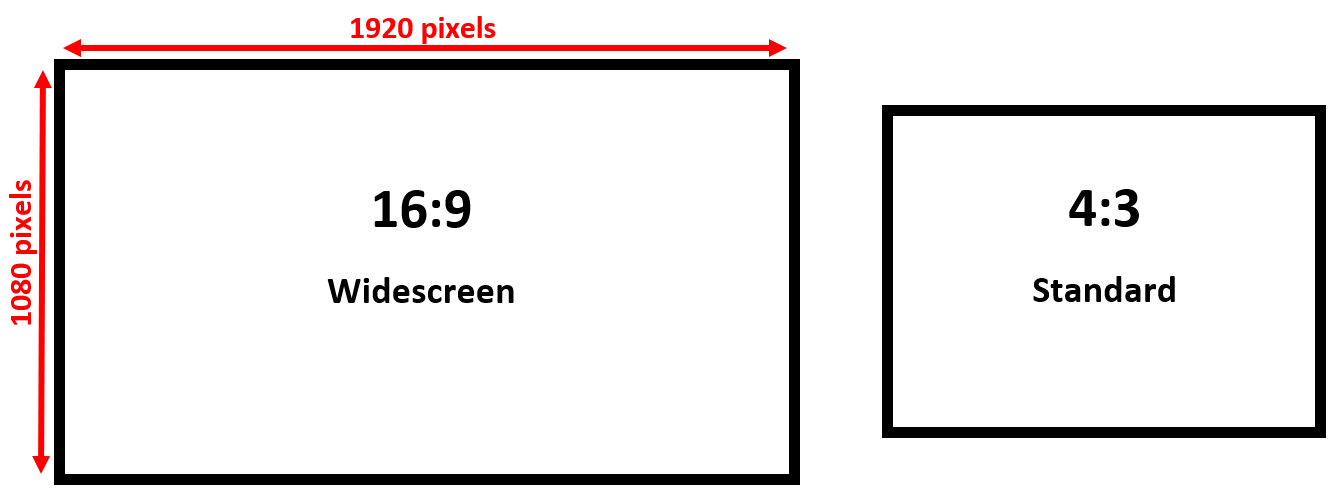
Panel Type
Modern monitors use LCD technology or (Liquid Crystal Display) to light up and colour pixels on a screen. The panel type refers to a specific type of LCD, and impacts how colours are drawn and perceived on the monitor from different viewing angles.
TN or Twisted Nematic is the most common panel type, due to their low manufacturing cost and fast response times.
- Lower image and colour quality, especially when viewing from fringe angles
- Colours on the side of the screen may be more grey and wavy, and when viewed from angles other that directly in front, the screen can black out.
VA or Vertical Alignment is the mid-tier panel choice.
- Better colour and image quality
- Less distortion from different viewing angles
- Cost slightly more and pictures update slower, relative to TN
IPS or In Plane Switching offer significantly superior image and colour quality, whilst also providing a wide range of viewing angles
- Colours and images will look a lot better
- Less of colour or quality from different viewing angles
- Slower monitor response time relative to TN
- Large jump in price for premium tier
If there is no mention of panel type, it is probably a TN.
If you need or can afford to, most people should be looking at VA or IPS panels. For instance people who use their computer for graphic design or visual arts would benefit from better the image quality of IPS.
That being said, it's not a deal breaker, if you're on a tight budget.
Refresh Rate
Electronic screens can only create the illusion of motion. Like a flip-book, your monitor will display a series of still images that ever so slightly change in rapid succession to make it look like things are moving.
A high refresh rate monitor will make any movements on your screen look incredibly smooth. This however, comes at the cost of a higher price tag and slightly lower image and colour quality.
Simply put, the refresh rate is how many pictures can be drawn by your monitor per second. The more it can draw, the more smooth and instantaneous moving objects will look on your computer.
- Measured in Hz (hertz)
- Where Hz is the number of pictures your monitor will draw per second
The refresh rate is not usually advertised, unless it's a high number so it can be hard to find. If there is no mention about the words "refresh rate" in the specs it is probably 60 Hz.
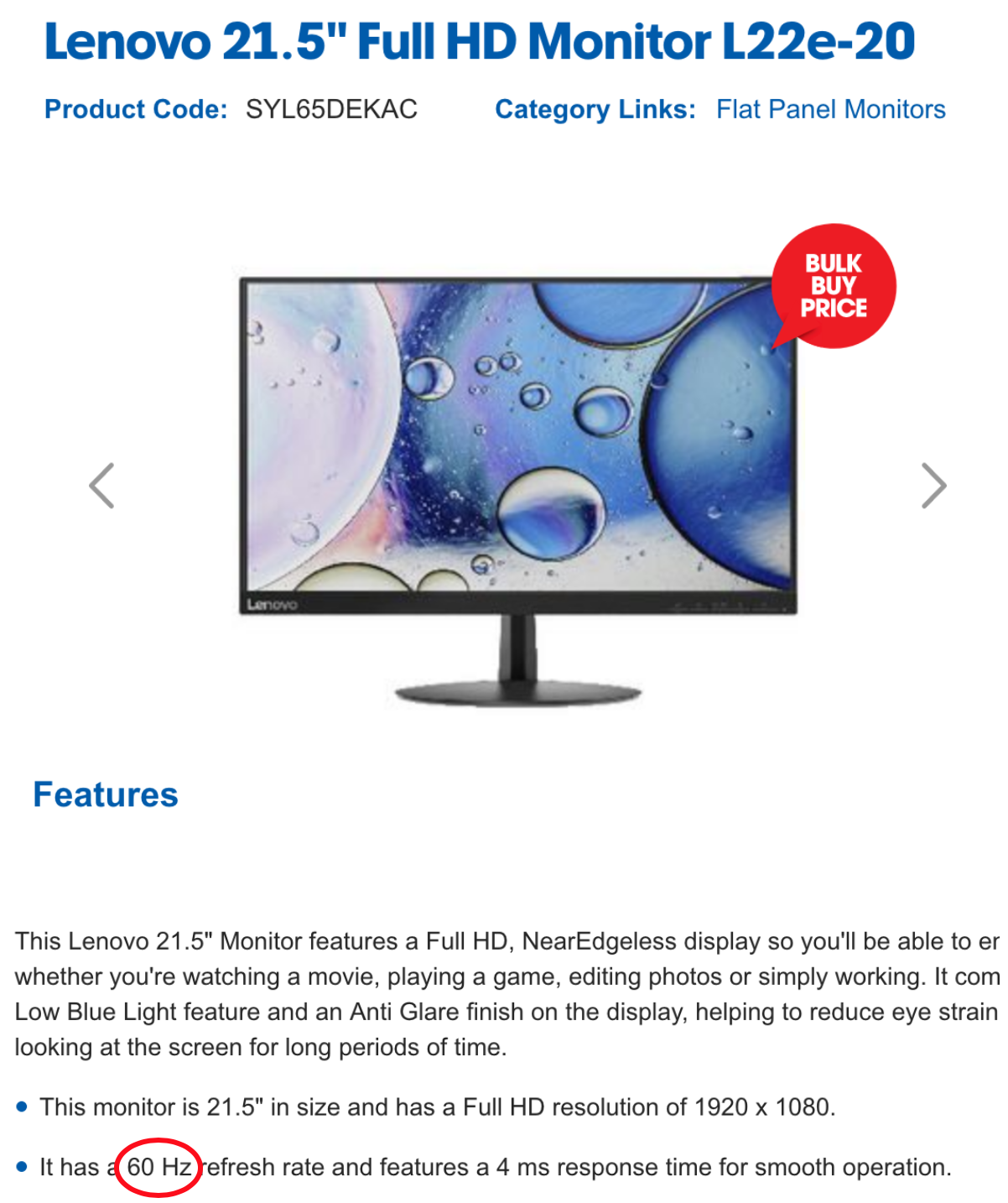
In first-person shooter (FPS) games for instance, this is quite a critical hardware foundation for success. Say you have a 60Hz monitor and you’re duelling someone who has a 144Hz monitor. Each second you fight them, their computer will draw your character 84 more times each second; that's 84 extra opportunities for them to get the drop on you before even accounting for mechanical skill or human reflexes.
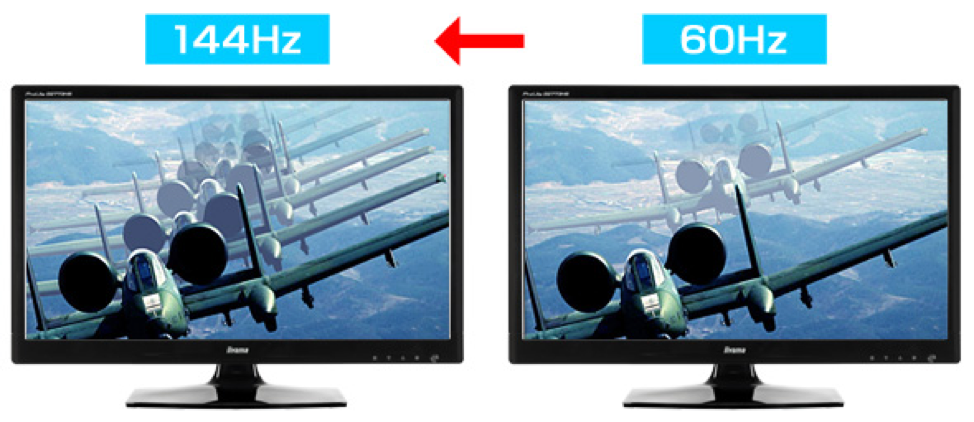
The next tier for those who need it is usually 120 or 144Hz
- The jump in quality is distinctly noticeable from 60Hz
- However, so is the price
- With the faster refresh rate comes a slight sacrifice in colour and image quality
As a last catch, a high refresh rate needs a good computer to accompany it. If your computer can only generate 60 frames per second while you're gaming, then your 144Hz monitor will still only draw 60 images per second.
It's like driving a Ferrari on your Ls.
- Yes the car has the capability to go over 300km/h, but you can only drive at 90km/h on your licence
- You should have just bought a car that can go at most 90km/h, as anything over 90km/h is wasted.
Usage
Cables and Ports
Here is a table of the most common cables and ports for monitors. All computers and laptops should be able to connect to a monitor and will have at least one of the following ports.
As a quick shortcut, HDMI and USB-C are considered the industry standards.
- Most widely used on devices (eg. TV, gaming console, laptop)
- Best at transferring information from your computer to your monitor
That being said, not all laptops have HDMI or USB-C, and instead use either a legacy or compact port.
- It is possible to buy adaptors (eg. VGA to mini display), but you're then relying on the adaptor to do the job of another cable
| Name | Description | Port |
| HDMI | Industry Standard | 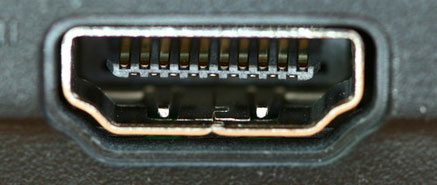 |
| VGA | Older Monitors |  |
| Mini Display | Smaller devices (eg. surface) | 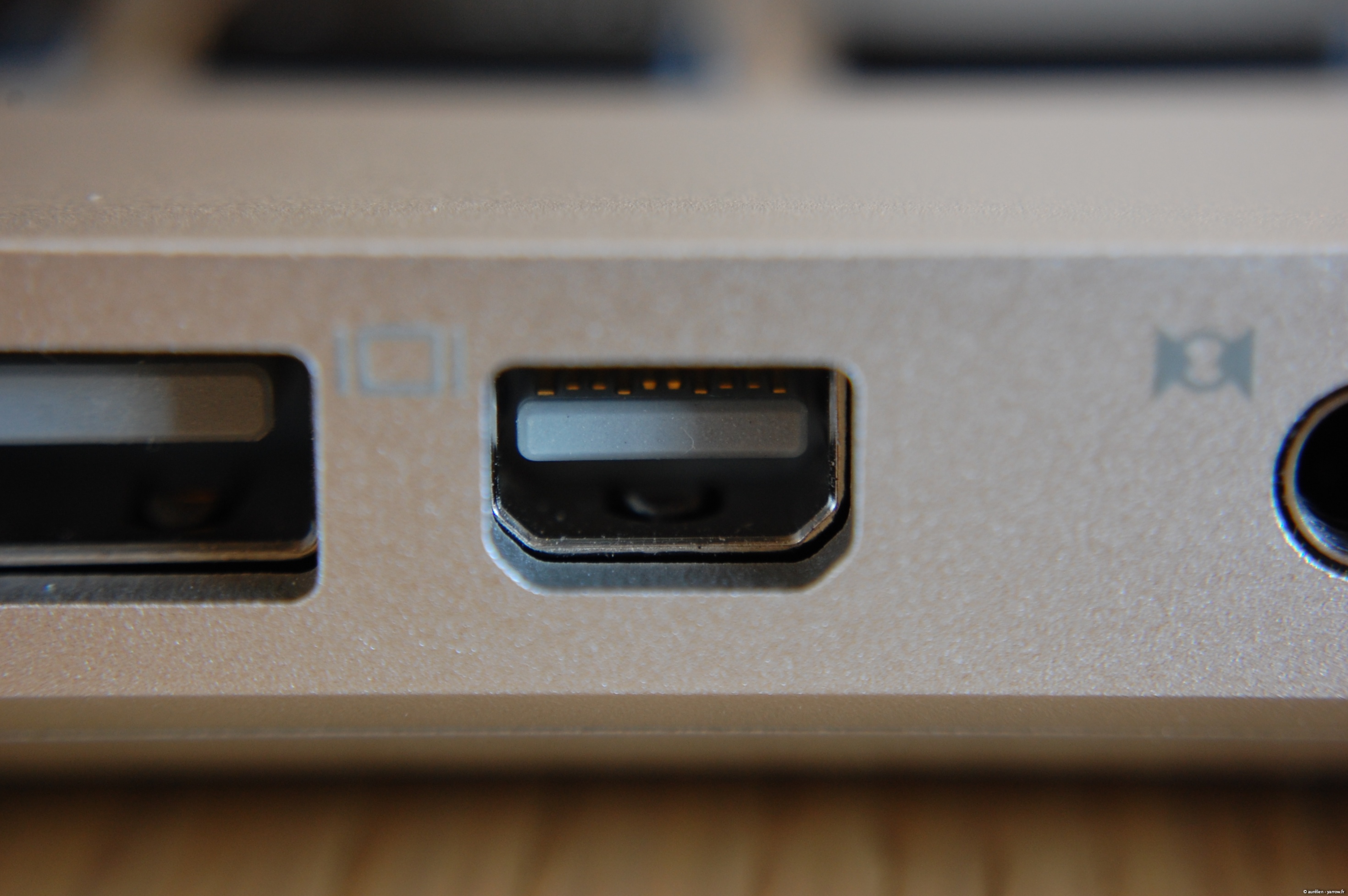 |
| Display | Supports high refresh rate monitors |  |
| USB-C | Future industry standard and recent monitors | 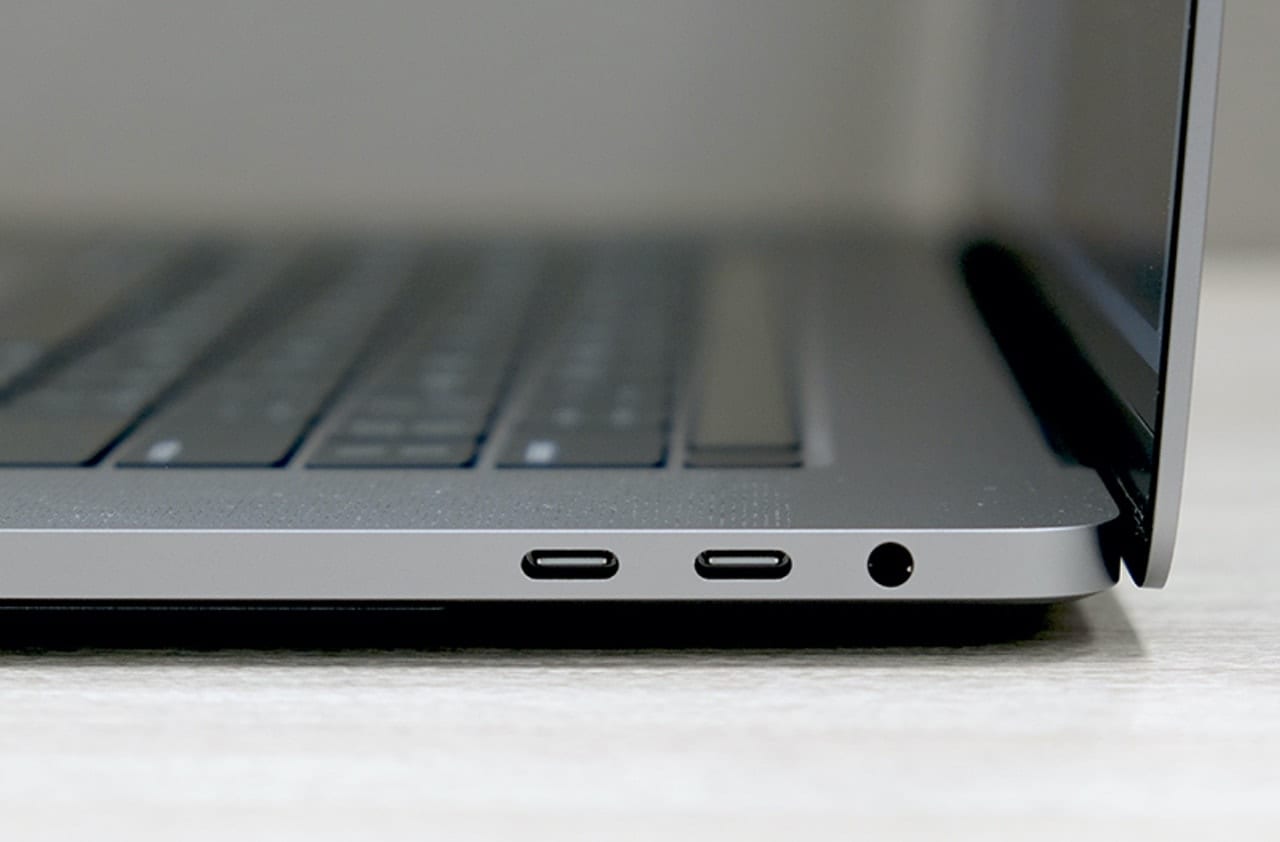 |
Dual Monitors
Having dual monitors makes life a lot easier for when you’re doing research, assignments and anything where you would normally have to switch tabs a lot.
Normally, dual monitors operate the same as one big and interconnected display, split across two monitors; plainly speaking this gives you double the space to work with.
- Windows 10 comes with in-built support for setting up dual monitors.
There are some things to consider before getting dual monitors.
Don’t go out of your way to buy two equally high-quality monitors
- Your second monitor should be more affordable and just a nice perk on the side
- Have one monitor that you do most of your work on and the other for displaying tabs or documents
Your computer should have at least 4GB of RAM and a processor made after 2016
- This will ensure that your computer doesn't lag too much
Your computer needs to have as many ports as monitors
- Most laptops come with only 1 of the ports listed above, so you’ll need to get an adaptor that gives you more
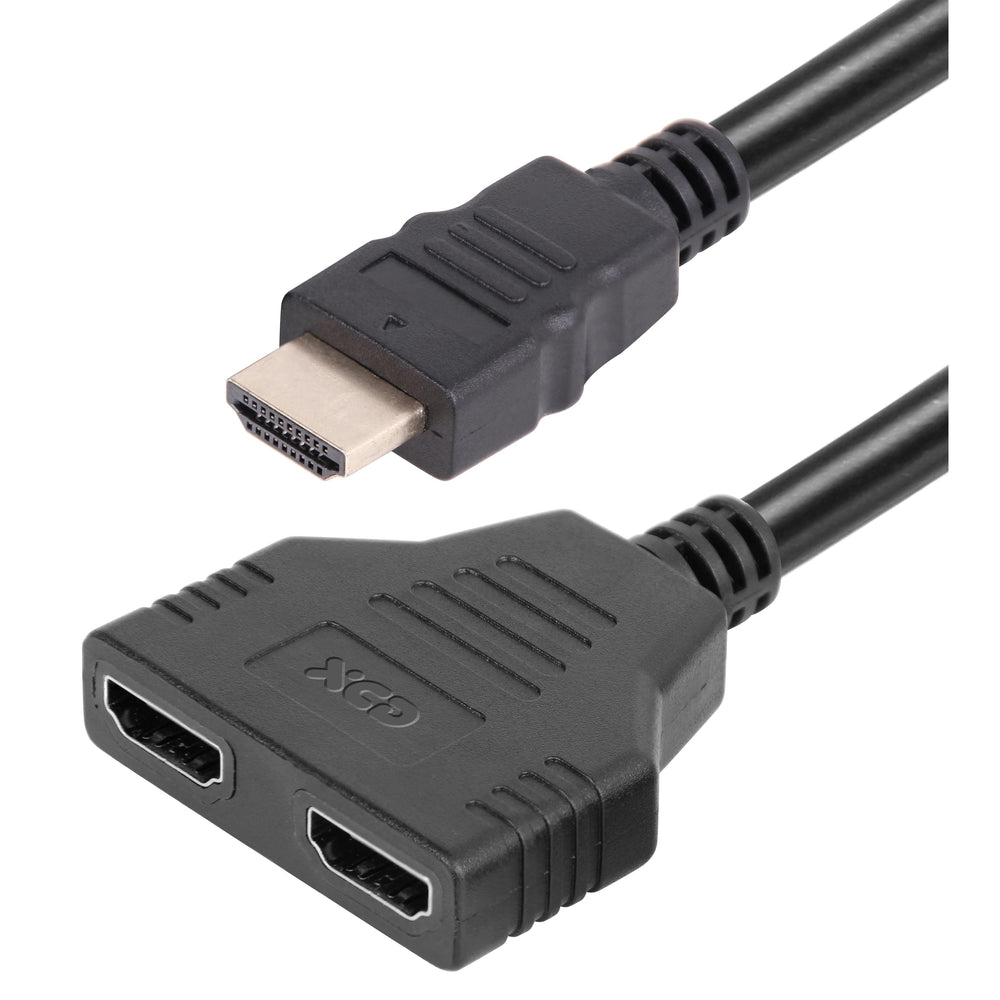 Fig 4
Fig 4 You need as many power sockets as you do monitors
- You should have a power board (a device that gives you more power sockets)
Vertical Monitors
A big issue with most monitors is that horizontal orientation is not great for reading things line by line.
Anyone who has read a PDF on their computer, knows the struggle of trying to read a vertically oriented A4 page horizontally; the best makeshift solution is to zoom in so that one line occupies the entire width of the monitor, but this means you have to do more scrolling to get through the page.
Vertical monitors are a great solution to this; they come as horizontal monitors with the ability to raise and rotate along the stand. This makes anything where you have to keep scrolling (eg. coding or reading), a far easier task.
The design and mechanisms for vertical monitors are usually robust and if treated with care, will remain reliable for the lifespan of your monitor
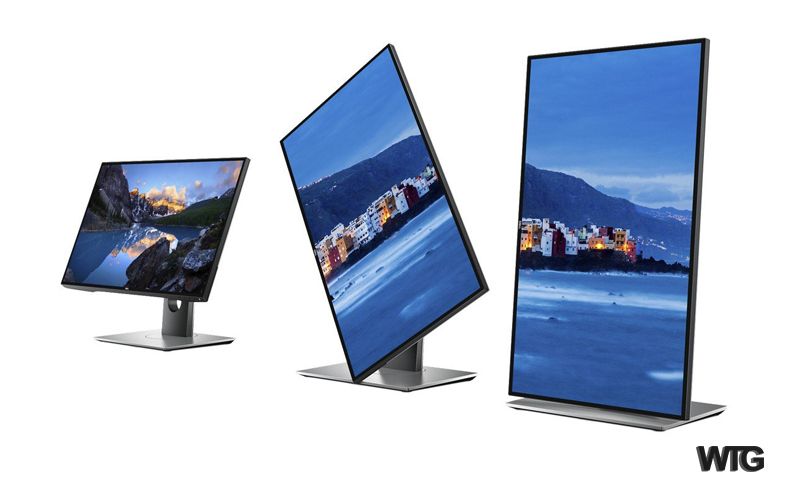
References
Fig. 1
Antec Computer Case, digital image, accessed 20 June 2020,
<https://www.newegg.com/global/au-en/p/N82E16811129180>
Fig. 2
Lenovo Monitor, digital image, accessed 20 June 2020, <https://www.officeworks.com.au/shop/officeworks/p/lenovo-21-5-full-hd-monitor-l22e-20-syl65dekac>
Fig. 3
144 vs 60Hz, digital image, accessed 20 June 2020,
<https://www.sos-depanordi.fr/60hz-vs-120hz-vs-240hz-frequence-de-rafraichissement-de-vos-ecrans/>
Fig. 4
XCD HDMI Splitter, digital image, accessed 20 June 2020,
Fig 5.
Vertical Monitors, digital image, accessed 26 July 2020,
<https://webtrainingguides.com/vertical-monitors/best-vertical-monitor-2020/>
